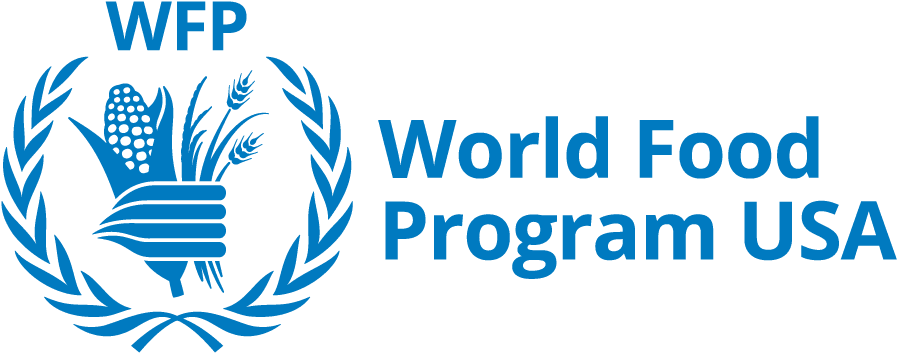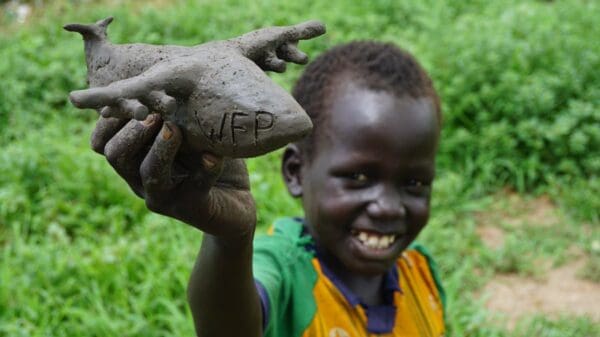Food Deficits Hinder Growth
Although Tanzania is food self-sufficient at the national level, localized food deficits occur at regional, district and household levels because of dependence on rain-fed agriculture and limited use of modern farming techniques. Approximately 80 percent of the population relies on subsistence farming, and 28 percent of the population lives below the poverty line. Tanzania is classified as a least-developed country, ranking among the lowest on the Human Development Index. According to the 2015 National Nutrition Survey, almost 35 percent of children under age five are stunted.
You can make a difference. By understanding issues, learning how to civically engage, and joining the movement to end global hunger for good.
Over the last three years, Tanzania’s economy has grown at a rate of 7 percent annually, driven mainly by telecommunications, financial services, transport and construction. The discovery of large reserves of natural gas and crude oil offers promise of a new and significant revenue stream for the Tanzanian economy.
 WFP/Mackenzie Rollins
WFP/Mackenzie Rollins WFP/Mackenzie Rollins
WFP/Mackenzie Rollins








